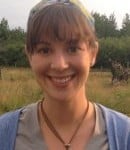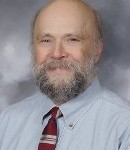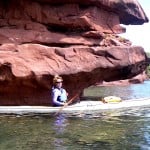 A panel of Social Sciences faculty will be presenting at the 9th annual D80 Conference in Michigan Tech’s Dow Building – room 641 – at 1:00 p.m. on Saturday, October 24, 2015.
A panel of Social Sciences faculty will be presenting at the 9th annual D80 Conference in Michigan Tech’s Dow Building – room 641 – at 1:00 p.m. on Saturday, October 24, 2015.
Discussion: “How Does Change Happen? Cases in Technology and Design”.
Panel includes:
Moderator: Kari Henquinet, Director Peace Corps Master’s International Program
Sarah Fayen Scarlett, Assistant Professor of History
Jonathan Robins, Assistant Professor of History
Laura Walikainen Rouleau, Instructor, Social Sciences
Steve Walton, Assistant Professor of History
Click on D80 Conference 2015 for more information.








